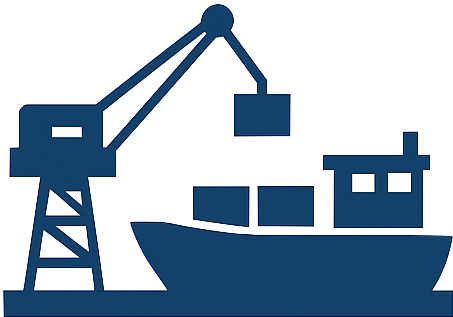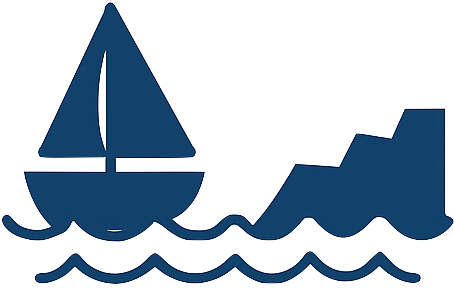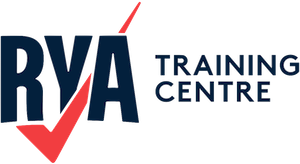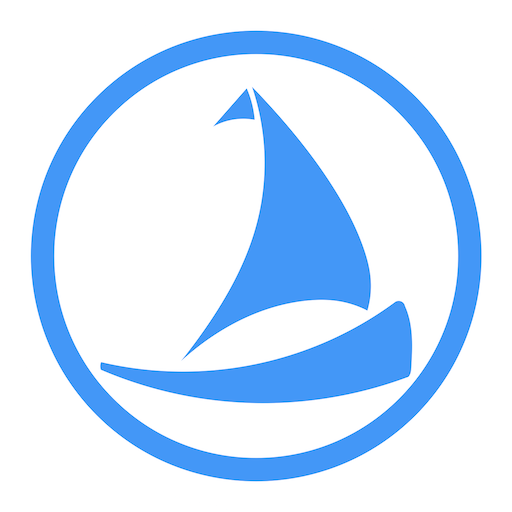Port
A Harbour or docking facility where vessels load and unload cargo or passengers.
A port is a designated location along a coast, river, or other navigable waterway where vessels can berth for commercial, logistical, or passenger operations. Ports vary in size and function, with some serving as major international trade hubs while others cater to local or regional traffic. They typically include infrastructure such as piers, docks, warehouses, cranes, and customs facilities to support maritime activities. Ports may be natural, taking advantage of sheltered bays or estuaries, or artificially constructed with breakwaters and dredged channels to accommodate larger ships. Some ports specialise in specific types of cargo, such as container ports, oil terminals, or fishing harbours. In addition to commercial ports, there are also naval ports that serve military vessels and marinas that cater to recreational boating. The efficiency and capacity of a port significantly impact global trade and transportation, making them critical to economic activity.
What’s the difference between a Harbour and a Port?
Port
A port is a facility within a harbour (or along a coast) that has the infrastructure to support commercial or recreational shipping operations.
Harbour
A harbour is a sheltered body of water where ships can anchor or dock safely. It’s more about the geography and protection from waves, wind, and storms.
Think of a harbour as the “car park” for ships—it’s where they can rest and stay safe.
So a port is what you use, and a harbour is where you use it.
Port

Harbour

Quick Analogy:
Imagine a harbour is like a garage, and the port is the service station inside—one provides shelter, the other provides services.


